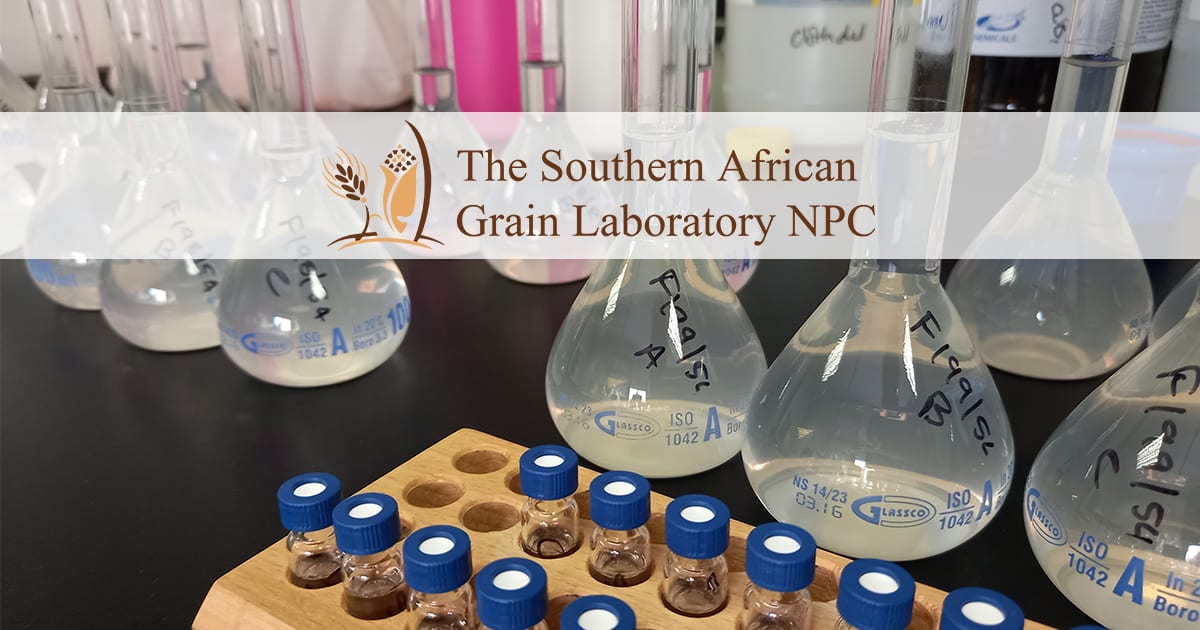Agricultural remedies form an important part of the agricultural industry for use in both commercial production environments and households. The requirements relating to the registration of these remedies are regulated by the Fertilizers, Farm Feeds, Agricultural Remedies and Stock Remedies Act, 1947 (Act 36 of 1947). Part of the process to register crop protection products is to submit evidence that an independent, accredited testing facility had analysed five or more production batches of technical material from a specific manufacturer, to determine the impurity profile and assess the purity of the active ingredient(s). Testing of formulated products is also required for packaging and labelling to comply with the Globally Harmonised System (GHS), including flashpoint, boiling point, melting point and kinetic viscosity.
Testing requirements
One of the vital links in the chain of ensuring that agricultural remedies comply with regulations, is testing of the product. The required tests include confirmation of the identity of the active ingredient(s), determination of the concentration, identification, and quantification of impurities, as well as various physical and chemical tests as prescribed by South Africa’s Regulatory Authority, the World Health Organization (WHO), and the Food and Agriculture Organization (FAO) of the United Nations. Testing requirements serve as prevention against adverse effects of remedies on humans, animals and the environment, and to ensure the availability of an effective remedy for use in the food and feed production chain. Chemistry Data Requirement Guidelines were issued by the Registrar of Act 36 in March 2021 for use by technical advisers of Act 36 for new applicants, existing registration holders, and testing facilities.
Accreditation and compliance
In South Africa, a testing facility can apply for accreditation and/or compliance through the South African National Accreditation System. A laboratory can be accredited based on the requirements of the international standard for testing laboratories, ISO/IEC 17025, as a mechanism to confirm the technical competence of the laboratory to perform specific testing as detailed in their scope of accreditation. Laboratories can also comply with the Organisation for Economic Co-operation and Development’s (OECD) Principles of Good Laboratory Practice (GLP), which is then detailed in their certificate of compliance. Regulatory authorities use this compliance to ensure the quality and integrity of non-clinical studies as part of a mutual acceptance of data (MAD) agreement between countries. In June 2021, draft regulations relating to agricultural remedies were gazetted for public comment. Included in the draft regulations was the requirement that support of analytical data for registration applications be in accordance with the OECD’s GLP. The Crop Protection Division of the Southern African Grain Laboratory has ISO/IEC 17025 accreditation, as well as OECD GLP compliance, which is required to assist the industry to comply with South African regulations.
Shelf life and quality control
Another important function of testing facilities is to assist the agricultural industry with stability testing on formulated products. Any shelf-life claim made by a manufacturer, must be supported by studies demonstrating the stability of the product. During storage, chemical and physical changes can occur. The rate of these changes depends on the nature of the active ingredient(s), co-formulants, formulation type, packaging material and storage conditions. Physical, chemical and technical properties are evaluated before and after accelerated storage to assess stability and determine the shelf life of a product. CropLife SA encourages their members to conduct real-time stability testing for their crop protection products, which entails storing the product under controlled conditions for two years and having these products tested at regular intervals to confirm the stability of the active ingredient(s). Consistent testing results are needed for informed decisions regarding the stability and shelf life of products. Quality control analyses are needed when products are formulated. Most production plants have in-house laboratories to conduct regular analyses to evaluate continued compliance. However, there is a need for independent testing facilities when out-of-specification results must be investigated, or for benchmarking through interlaboratory exercises. For treated seeds, testing facilities play an important role in the quality control process to determine the active ingredient content on the treated seeds, and to ensure compliance with claims made.


